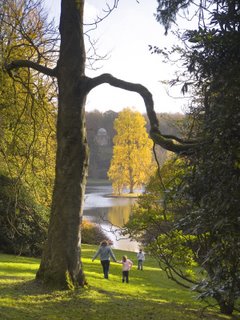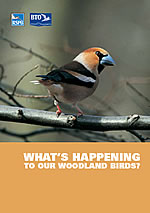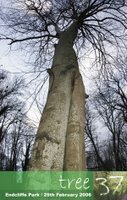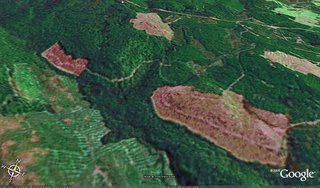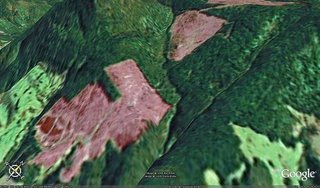Over the last 20 years forested areas have been a central staging ground for wars in some two dozen countries, which together house over 40 percent of the world’s tropical forests. There are currently armed conflicts in the forested areas of Colombia, Democratic Republic of Congo, India, Indonesia, Nepal, the Philippines, Pakistan, Ivory Coast and Uganda.
In other countries that have recently come out of war, such as Cambodia, Liberia, Myanmar, Nicaragua, and Sudan, the way forested regions are governed in the future will be a crucial factor in determining whether violence breaks out again.
Forest-related tensions also are a factor in the social violence that plagues areas of Bolivia, Mexico, Peru, Laos, Papua New Guinea, and Brazil.
“There is so much about forested regions today that makes them perfectly primed to play host to war,” said Hosny El-Lakany, FAO Assistant Director-General of Forestry. “It is in the forest where one often finds poor, isolated populations who are either ignored or mistreated and may need little encouragement to take up arms, and where there is usually valuable timber, minerals, oil and land that can easily be the source of tension. There is also the simple fact that forests can provide refuge, funds and food for fighters.”
According to the report by Centre for International Forestry Research's Director General David Kaimowitz , dealing with the destructive relationship between wars and forests requires attention to the issues that make them such centers of conflict. The report notes that it is in governments’ self-interest to address the political, economic, social and cultural concerns of people who live in forested regions.
To avoid violence in forested areas or secure the peace after troubles have occurred, governments should bring local ethnic groups into the political system, provide them with basic services and recognize their rights over forest resources.
Internationally, policies to prevent forests from fueling wars could include sanctions that block armed groups from using timber exports to finance their operations.
“When wars do break out, forest issues can offer a path to peace,” says Kaimowitz.“ Even in the bitter Rwandan civil war both sides agreed to take steps to avoid killing endangered gorillas. When Colombia’s government negotiated with anti-government rebels several years ago, forestry and related environmental issues figured prominently in the talks.”
The precise role of forests can vary from war to war. In Aceh in Indonesia and Mindanao in the Philippines, separatist movements have successfully tapped into the political disenfranchisement of forest dwellers. (In fact the Indonesian military often refers to the Aceh separatists as “friends of the forest.”) Local discontent over forest issues also played a significant role in the recently ended conflicts in the north of Myanmar and areas of Nicaragua, among others.
Sometimes the forest contributes to violence by helping sustain and prolong war. In Cambodia, the Khmer Rogue was heavily dependent on timber sales. In Colombia, the forest environment has proven ideal for cultivating and processing illicit crops such as cocaine that help fund anti-government militias. In several other countries international agencies have imposed sanctions on timber sales to keep them from financing the purchase of arms.
As for the effect of wars on the forest themselves, Kaimowitz said that while they are almost always terrible for people, their environmental impact is decidedly mixed. Relatively unsurprising is the fact that military conflicts can result in destructive forest clearing. But what gets less attention, said Kaimowitz, is the fact that “wars can be good for forests.”
“No one is saying ‘lets start a war so we can save the forest’ but the fact remains that in many areas of conflict, forest ecosystems fare better in war time than they do in peace time,” he said. “Wars can discourage logging and other resource depleting activities. No one wants to enter a forest full of land mines or where there is a risk of being kidnapped. Look at Colombia. Largely because of years of conflict it has more forest acreage than it did several decades ago.”
Ironically, the arrival of peace can be especially destructive for forests. In a number of countries the push for rapid post-war economic recovery has led to excessive logging. Governments routinely use forested areas as places to settle demobilized soldiers and war refugees who are likely to take up destructive farming and resource extraction practices.
The international community would be wise to invest heavily in forested areas during post-conflict periods since such spending can do double duty by preventing a recurrence of fighting and protecting the forest itself.
This work forms a chapter of FAO's State of the World’s Forests 2005 report, which can be found at:
http://www.fao.org/forestry/index.jsp
